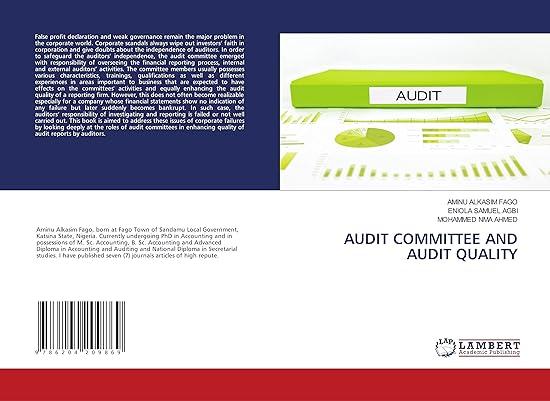Question
Prior to @Home Network's merger with Excite for $6.7 billion, Excite's market value was about $3.5 billion. The new company combined the search engine capabilities
Prior to @Home Network's merger with Excite for $6.7 billion, Excite's market value was about $3.5 billion. The new company combined the search engine capabilities of one of the best-known brands (at that time) on the Internet, Excite, with @Home's agreements with 21 cable companies worldwide. @Home gains access to the nearly 17 million households that are regular users of Excite. At the time, this transaction constituted the largest merger of Internet companies ever. At the time of the transaction, the combined firms, called Excite @Home, displayed a P/E ratio in excess of 270 based on the consensus earnings estimate of $0.21 per share. The firm's market value was $18.8 billion, 270 times sales. Investors had great expectations for the future performance of the combined firms, despite their lackluster profit performance since their inception. @Home provided interactive services to home and business users over its proprietary network, telephone company circuits, and through the cable companies' infrastructure. Subscribers paid $35.95 per month for the service. Assumptions
Excite is properly valued immediately prior to announcement of the transaction.
Annual customer service costs equal $60 per customer.
Annual customer revenue in the form of @Home access charges and ancillary services equals $450 per customer. This assumes that declining access charges in this highly competitive environment will be offset by increases in revenue from the sale of ancillary services.
None of the current Excite user households are current @Home customers. New @Home customers acquired through Excite remain @Home customers in perpetuity.
@Home converts immediately 3 percent or 510,000 of the current 17 million Excite user households.
FCFF from synergy increases by 15 percent annually for year 1 to year 5, and 10% for year 6 to year 10 and 5 percent thereafter. Its cost of capital is 20 percent during the growth period and drops to 10 percent during the sustainable growth period (after year 10); its combined federal and state tax rate is 40 percent.
The maximum purchase price @Home should pay for Excite equals Excite's current market price plus the synergy that results from the merger of the two businesses.
Questions
1. Use discounted cash flow (DCF) methods to determine the maximum purchase price for Excite and if @Home overpaid for Excite. Show all your workings and explain. (50 marks)
2. If @Home's cost of capital drops to 8 percent during the sustainable growth period, what is the maximum purchase price of Excite? What can you conclude from the difference between the answers in Question 1 and 2? Show all your workings and explain (10 Marks)
3. What are the limitations of the discounted cash flow method employed in this case? (25 marks)
4. What other assumptions might you consider in addition to those identified in the case study? (15 marks)
Step by Step Solution
There are 3 Steps involved in it
Step: 1

Get Instant Access to Expert-Tailored Solutions
See step-by-step solutions with expert insights and AI powered tools for academic success
Step: 2

Step: 3

Ace Your Homework with AI
Get the answers you need in no time with our AI-driven, step-by-step assistance
Get Started


